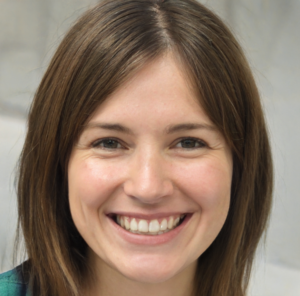Employee Wellness Starts At Home.
The demands put on working parents are greater than they’ve ever been. And with one in six school-aged children having a behavioral or mental health diagnosis, those demands make the idea of work-life balance an illusion. Today, it’s about work-life integration. Cadey is your bridge. With our solutions, parents get immediate support for the life struggles they bring to work every day.

ADDITIVE EFFECT OF PROACTIVE CARE

Sometimes, companies need to be more like families.
Child psychologists have understood for years that the right kind of specific feedback, setting boundaries, and having difficult, but necessary conversations is just as important with your kids as it is with your colleagues. Cadey leverages this multiplier to help employees find peace at home and stay focused at the office.
CADEY OFFERS

A doctor’s appointment two months from now doesn’t help you today.
The child psychologists at Cadey have dedicated thousands of hours in creating validated assessments parents can do at home. These quick answers provide immediate insight and relief, helping working parents see a path forward and easing stress.
Act fast. Be informed. Feel supported.
Getting answers as soon as a concern arises saves time, money, and tears. Rather than being distracted for days or weeks by their concerns, working parents get clarity now.


Beyond employee wellness.
Instead of just general parenting advice, employees are guided directly to the science-based resources they need to address their family’s struggles and their kids’ outcomes. Parents report that what they learn improves family relationships, reduces stress, and enables more productivity and success at work.

“ Cadey helps me understand my kids better, which helps me keep my calm and make better parenting decisions. Thanks for the information you provide. ”
Kendra

“ Cadey helps my son with learning to control his emotions. And to manage his emotions when they arise out of nowhere. ”
Lauren

“ Cadey has been instrumental in helping navigate our child’s anxiety and outbursts! Highly recommended!! ”
Naomi

“ Cadey has helped me process things instead of feeling like I’m alone in the world. ”
Saavi

“ I like that the steps in Cadey are immediate and short and to the point. It has seriously changed the trajectory of my child’s outbursts, and her ability to follow directions. There are less temper tantrums and more communication just in the little time I’ve had the app. THANK YOU! ”
Sofia

“ Cadey has helpful guidance on big feelings and calming kids down. Cadey app is helpful when I am struggling on how best to handle a situation with my kids. It offers insightful videos for specific topics with kids, which is much appreciated. ”
Matt

“ Notifications throughout the day and week helps make it easier to remember my parenting techniques! ”
Zahra

“ We realized that there was a lot of unnecessary conflict in our home, and we weren’t sure what to do about it. We had tried different strategies in the past, but nothing aligned very well with what was going on in our home. When we found the Cadey app, it was a game changer. ”
Brittany

“ These videos are short and to the point with the tools parents need to help our children. Just a few minutes a day can really make a difference! The lizard brain/wizard brain and poker face peacock techniques made an immediate difference in our house. ”
Nicole

“ I think Cadey is such a wonderful tool for parents to have and incorporate in raising children! A doctor’s office visit voicing concerns only goes so far. ”
Kelsey

“ I love the very tangible advice on a wide variety of topics, and I appreciate that Cadey is adding new content all the time. ”
Suzanne

“ Cadey has helped me improve strategies to work with my children and provide them with support they need. ”
Eleanor
Help is here
Cadey App

Cadey is a comprehensive app designed to help you navigate your child’s emotional, behavioral, and school challenges effectively. This psychologist-developed system provides quick answers and teaches you how to implement them. Working this system for even just two weeks can make a meaningful difference in your family’s life.
WHY THIS MATTERS
1:6 kids are struggling
Recent estimates indicate one in six kids are diagnosed with a mental or behavioral disorder. Many more are struggling to get support. The average cost of service per episode is over $2,000.



